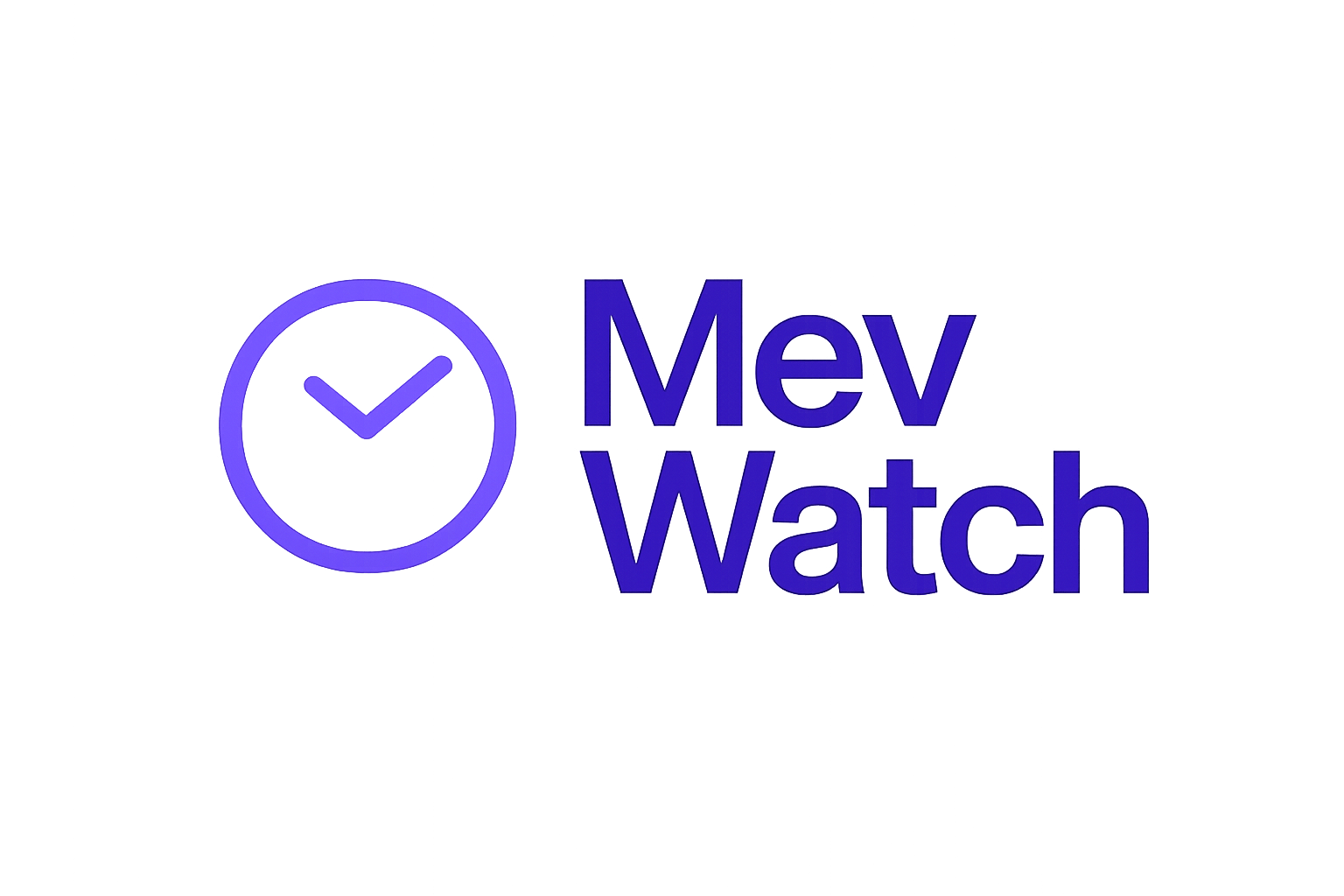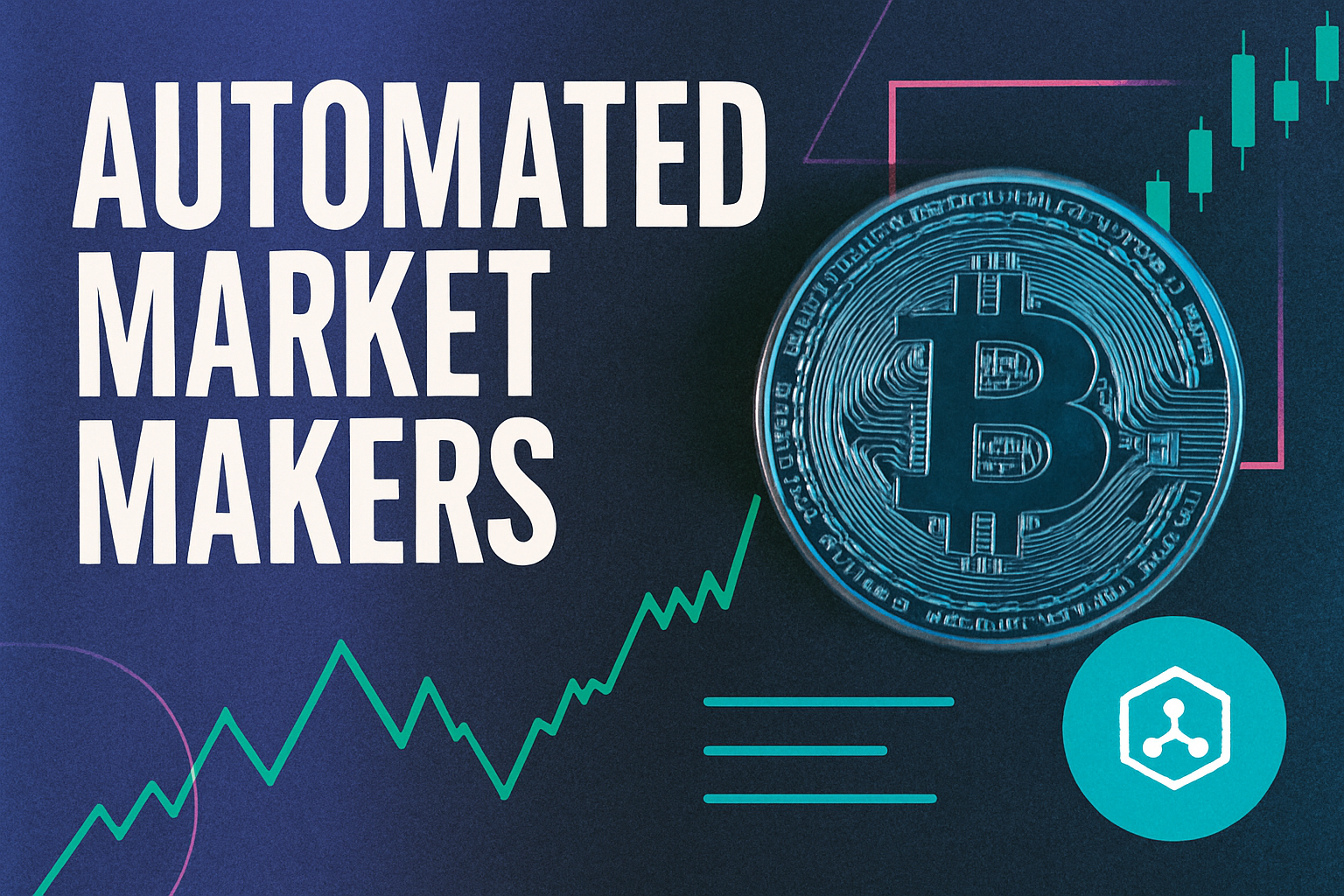
As the DeFi landscape matures, MEV rebates are emerging as a powerful force for transforming user incentives on high-performance blockchains like Monad and MorphLayer. Traditionally, Maximal Extractable Value (MEV) has been viewed as an invisible tax on users, extracting value through transaction reordering, sandwich attacks, and other forms of manipulation. However, the latest innovations in MEV redistribution are turning this paradigm on its head, ensuring that value once siphoned away by validators and searchers is now flowing back to the very users who generate it.

Understanding the Shift: From Extraction to Redistribution
MEV is no longer just a technical curiosity or a risk factor for traders; it is a central battleground for protocol design and user empowerment. On chains like Monad, which boasts EVM compatibility, 10,000 TPS throughput, and sub-second finality, the scale and speed of MEV opportunities are unprecedented (docs.shmonad.xyz). In the past, this meant that sophisticated actors could extract significant profit at the expense of average users, often through practices like front-running and sandwich attacks that degrade transaction outcomes.
But the rise of MEV rebates is fundamentally altering these incentives. By leveraging application-specific sequencing and on-chain rebate mechanisms, Monad and MorphLayer are pioneering approaches that align the interests of users, dApps, and validators, setting a new standard for fair MEV distribution in DeFi.
Monad’s FastLane and Atlas Protocol: Rebating MEV at the Core
Monad’s approach to MEV redistribution is both robust and elegant. Through FastLane’s MEV Protection, which utilizes the Atlas Protocol, Monad enables application-specific sequencing where any MEV extracted from user transactions is rebated directly back to those users. This not only addresses the issue of value leakage but also improves transaction pricing, allowing users to receive more of their desired tokens in swaps or trades. The protocol is configurable, so dApps can opt to receive a portion of the MEV as a new revenue stream, further aligning ecosystem incentives (docs.shmonad.xyz).
This marks a significant departure from the old model of MEV capture, where most of the value was funneled to searchers and block producers. Instead, Monad’s architecture ensures that the benefits of high-throughput, parallelized execution are shared more equitably across participants.
MorphLayer’s MEVictim Rebate: Incentivizing Positive Participation
On MorphLayer chains, MEV rebates are taking a novel form through projects like MEVictim Rebate. Here, users who have been victims of MEV attacks are identified and compensated with ERC-721 tokens. These tokens not only acknowledge the user’s loss but also qualify them for future rebates when providing liquidity to Uniswap v4 pools (ethglobal.com). This mechanism does more than compensate for past harms; it actively incentivizes continued participation and liquidity provision, fostering a healthier, more engaged ecosystem.
How MEV Rebates Are Reshaping User Incentives
-
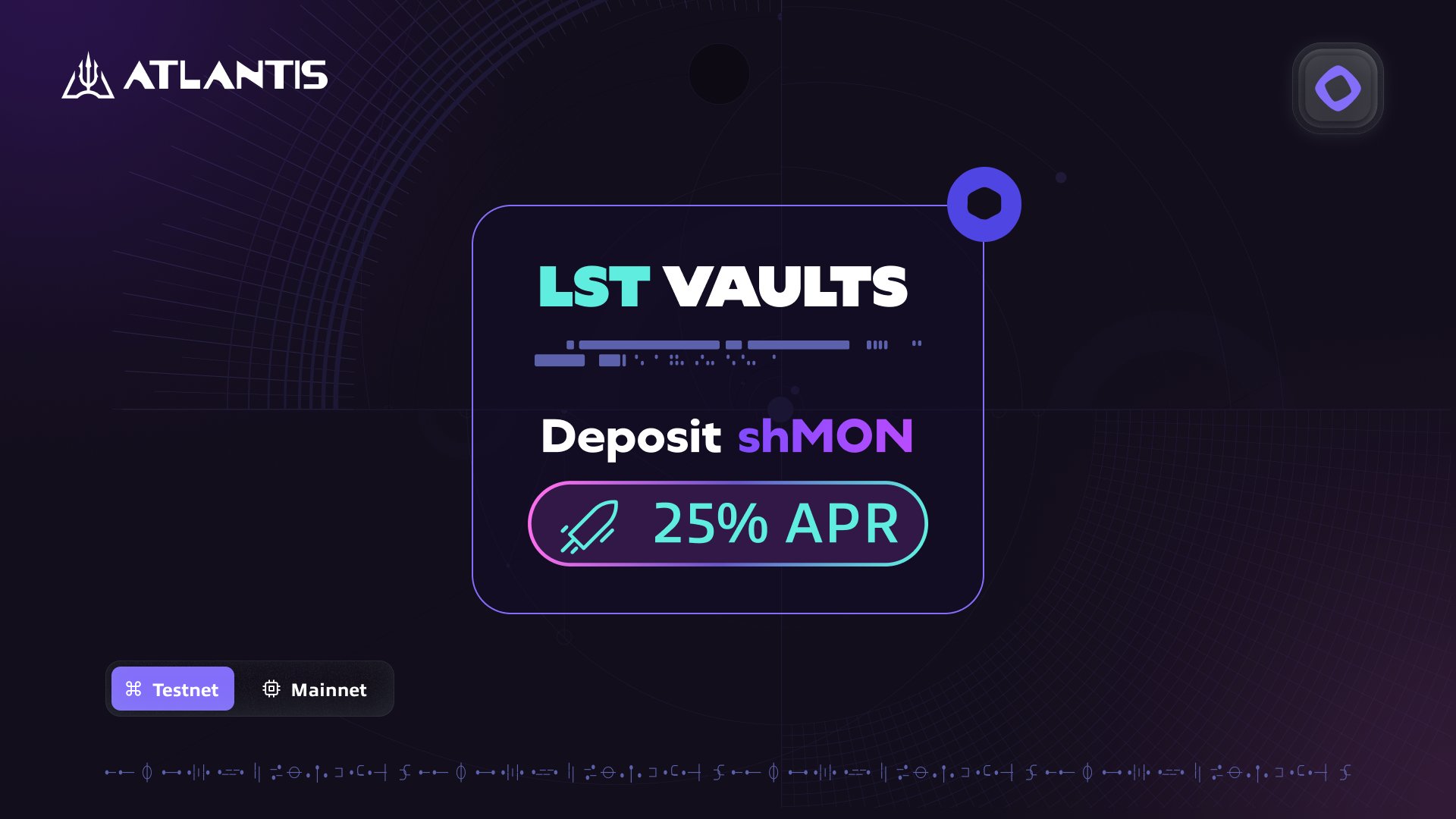
Direct User Rebates via FastLane’s MEV Protection on Monad: Monad’s FastLane MEV Protection leverages the Atlas Protocol to ensure that MEV extracted from transactions is rebated directly to users, rather than being captured solely by searchers or validators. This protects users from value leakage and increases the amount received in token swaps.
-
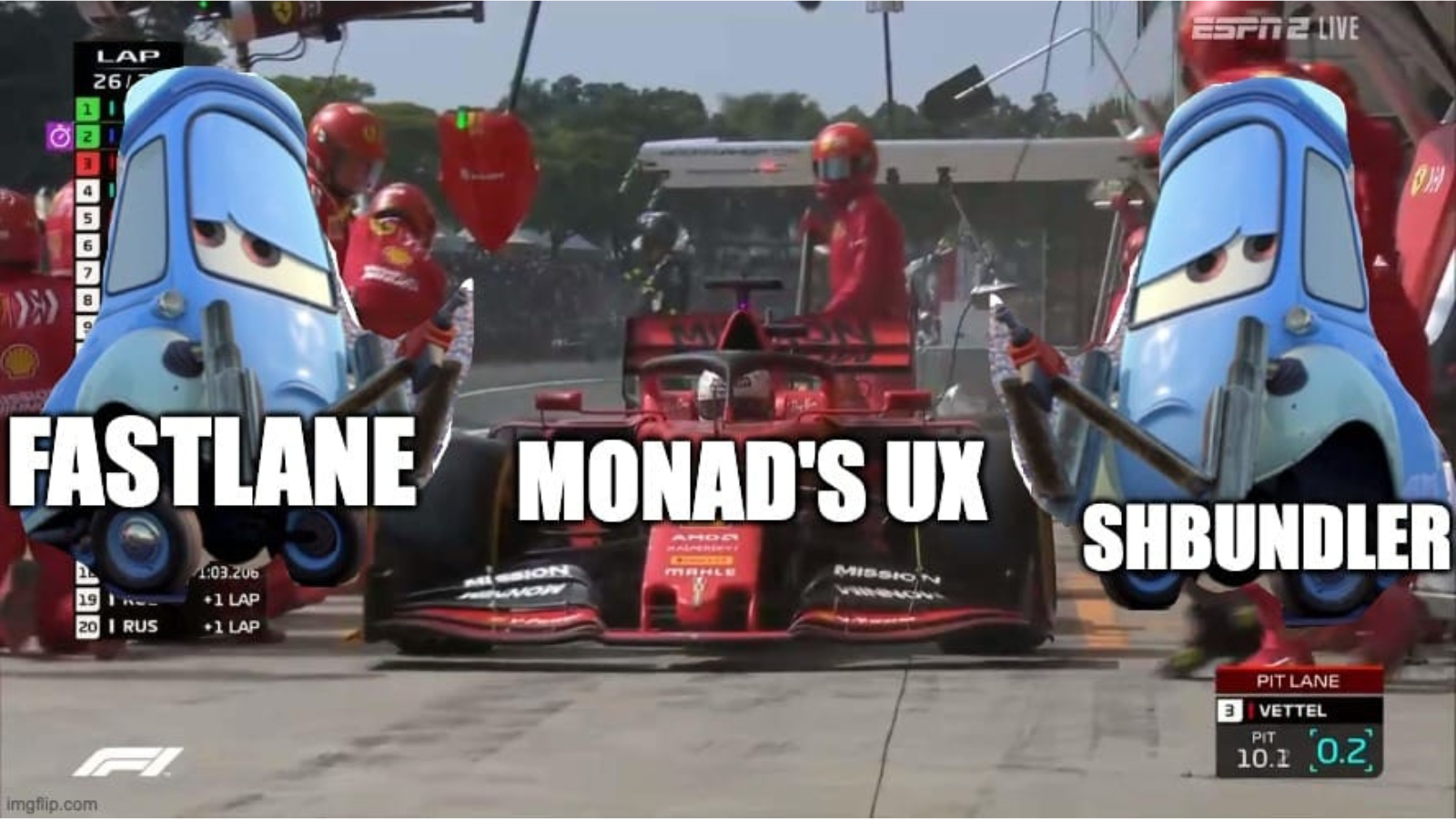
Application-Specific Sequencing for Enhanced Fairness: With Atlas Protocol on Monad, dApps can implement custom transaction sequencing rules that prioritize user benefit. This enables applications to share a portion of MEV with users or allocate it to dApp revenue, aligning incentives across the ecosystem.
-

MEVictim Rebate Project on MorphLayer: MEVictim Rebate identifies users impacted by MEV attacks on MorphLayer and compensates them with ERC-721 tokens. These tokens entitle holders to rebates when providing liquidity to Uniswap v4 pools, incentivizing continued participation and better user outcomes.
-
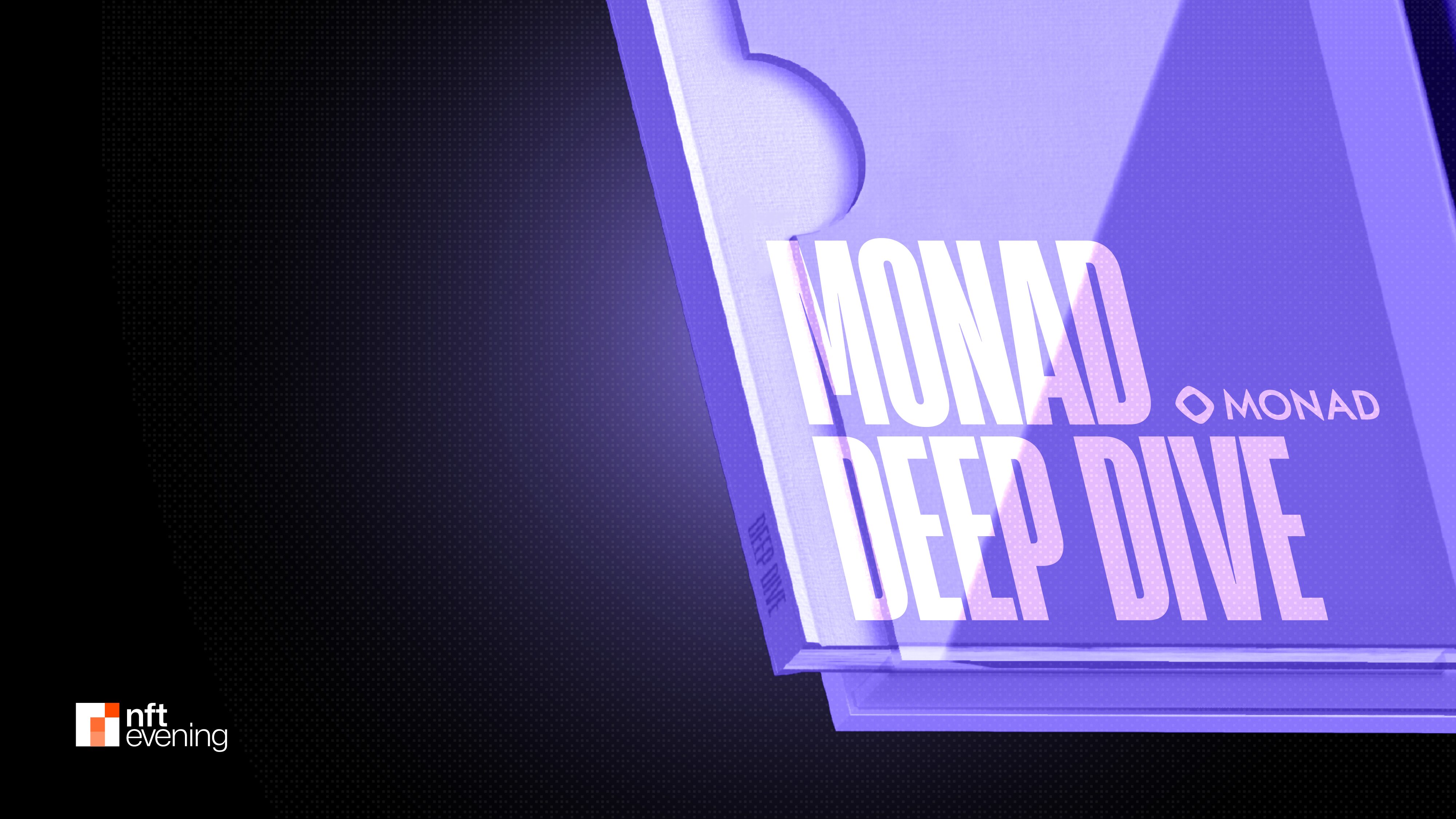
Creation of New Revenue Streams for dApps: Monad’s MEV rebate infrastructure allows decentralized applications to opt in to receive a share of MEV generated by their users’ transactions. This provides dApps with an additional, protocol-native revenue source, supporting sustainable development and ecosystem growth.
-
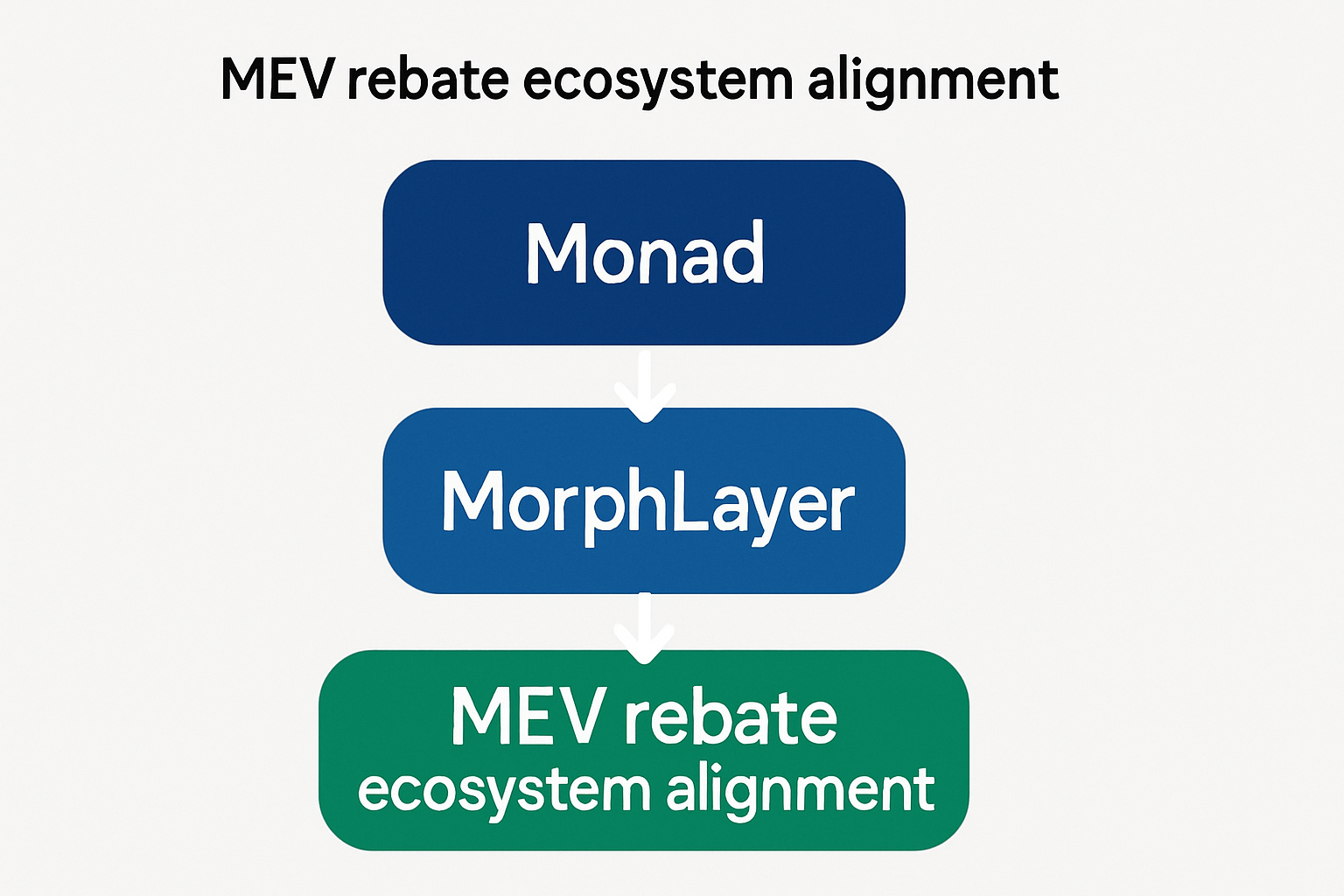
Alignment of Interests Among Users, dApps, and Validators: By redistributing MEV through transparent rebate mechanisms, both Monad and MorphLayer foster a more equitable ecosystem. This reduces adversarial behaviors, encourages user retention, and ensures that value generated on-chain benefits all stakeholders, not just block producers or sophisticated searchers.
These innovations are not just technical upgrades, they represent a philosophical shift toward user-centric design in DeFi. By redistributing MEV, both Monad and MorphLayer are setting new benchmarks for on-chain MEV rewards and DeFi user incentives, making the ecosystem more attractive for all participants. In the next section, we will explore the broader implications for protocol economics and the sustainable growth of MEV markets.
As MEV rebates become embedded in the protocol layer, the broader implications for DeFi protocol economics are profound. By aligning incentives between users, dApps, and validators, these mechanisms reduce the adversarial nature of transaction ordering and foster a more collaborative market structure. Instead of viewing MEV as an unavoidable cost or a zero-sum game, Monad and MorphLayer demonstrate that MEV can be a source of shared value and sustainable growth.
Broader Impacts: Protocol Economics and Sustainable MEV Markets
Redistributing MEV fundamentally changes the calculus for liquidity providers and traders. When users know that a portion of MEV is returned to them, either directly or through liquidity incentives, their willingness to participate in DeFi protocols increases. This, in turn, deepens liquidity pools and improves overall market efficiency. For dApps, the ability to capture a share of MEV as a revenue stream creates new business models and encourages innovation in protocol design.
Moreover, these rebate systems act as a deterrent to predatory searcher behavior. By making it less profitable to extract value at the expense of users, Monad and MorphLayer are actively reducing the prevalence of harmful MEV strategies like sandwich attacks. The result is tighter spreads, fairer execution, and a more trustworthy DeFi environment.
It’s important to recognize that these developments are part of a larger trend toward fair MEV distribution and transparent on-chain value flows. As research from aPriori and others highlights, robust MEV auction infrastructure and parallel execution environments like Monad’s are setting the stage for a new era of MEV sharing (docs.shmonad.xyz). The adoption of ERC-721-based rebate tokens on MorphLayer further demonstrates how creative mechanism design can turn past losses into future participation incentives (ethglobal.com).
What’s Next: Evolving Standards for MEV Redistribution
Looking ahead, the success of MEV rebates on Monad and MorphLayer is likely to inspire similar mechanisms across other EVM-compatible chains and beyond. As more protocols adopt user-centric MEV sharing, expect to see a virtuous cycle: more equitable value flows drive greater user engagement, which in turn attracts additional liquidity and innovation.
For developers and protocol designers, the challenge now is to refine these systems for maximum transparency, efficiency, and composability. Open standards for MEV accounting, cross-chain rebate interoperability, and real-time analytics will be crucial for scaling these benefits across the broader DeFi landscape.
Ultimately, MEV rebates are shifting the narrative from extraction to empowerment. By returning value to users and aligning incentives throughout the ecosystem, Monad and MorphLayer are not just mitigating MEV’s negative effects, they are transforming it into a catalyst for sustainable growth in decentralized finance.
